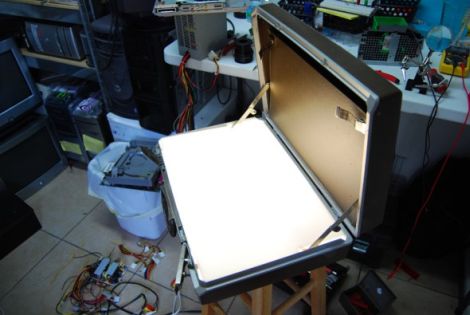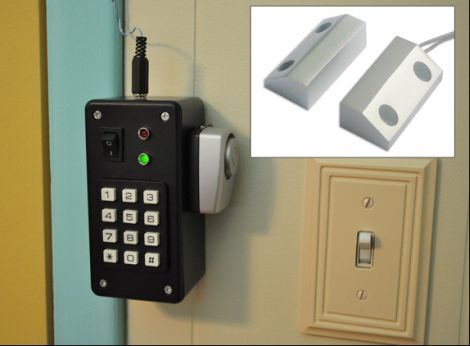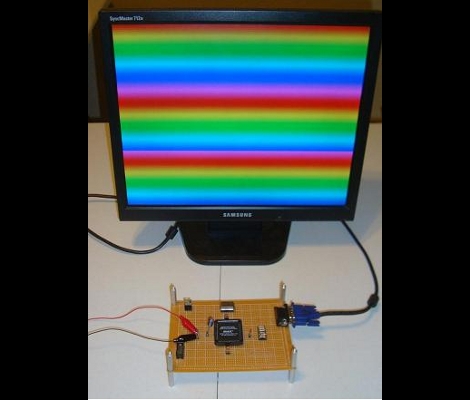
Hackaday forum member [Mike] was looking for project ideas when his girlfriend, an art major, suggested that he build her a light table to help with her various assignments. Having seen a few of these projects pop up from time to time, he figured he was up to the task. He started hunting around at his local thrift stores and finally came across what he was looking for – a hard-sided Samsonite briefcase.
He ripped out the bottom lining of the briefcase and proceeded to paint the inside white in order to properly reflect the lighting he would be adding shortly. A pair of under-cabinet lights were installed, and wired to be easily toggled on the outside of the case. He located some white acrylic to serve as the top of the table, trimming it to fit snugly in the case without any need for fasteners.
His girlfriend loved the table, though we would be interested in seeing a more portable version – it is built into a briefcase after all. We would love to hear your suggestions on how he might make this more portable, so let us know in the comments.

















